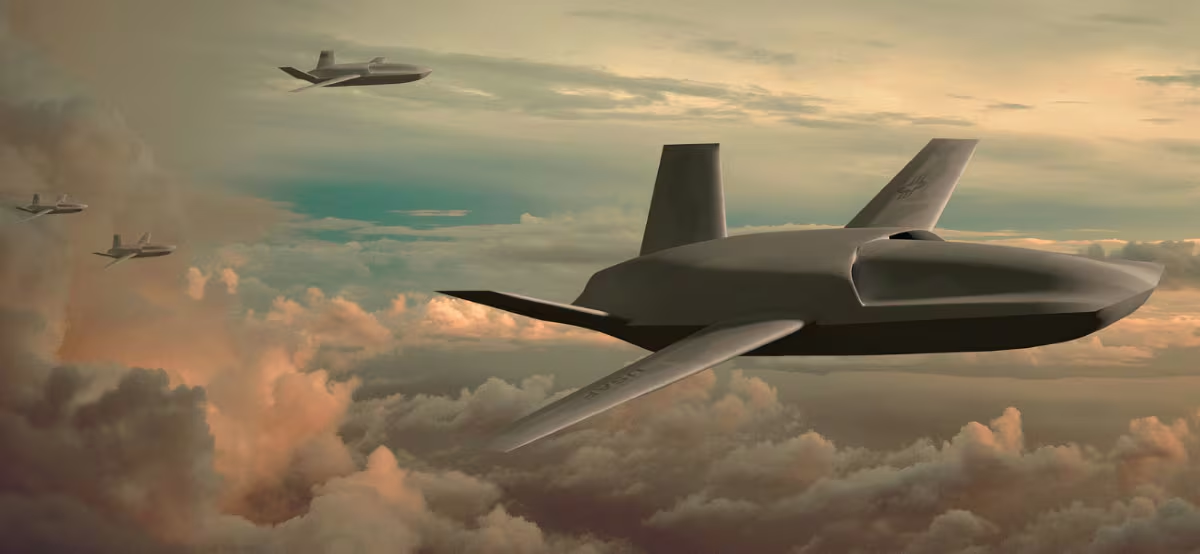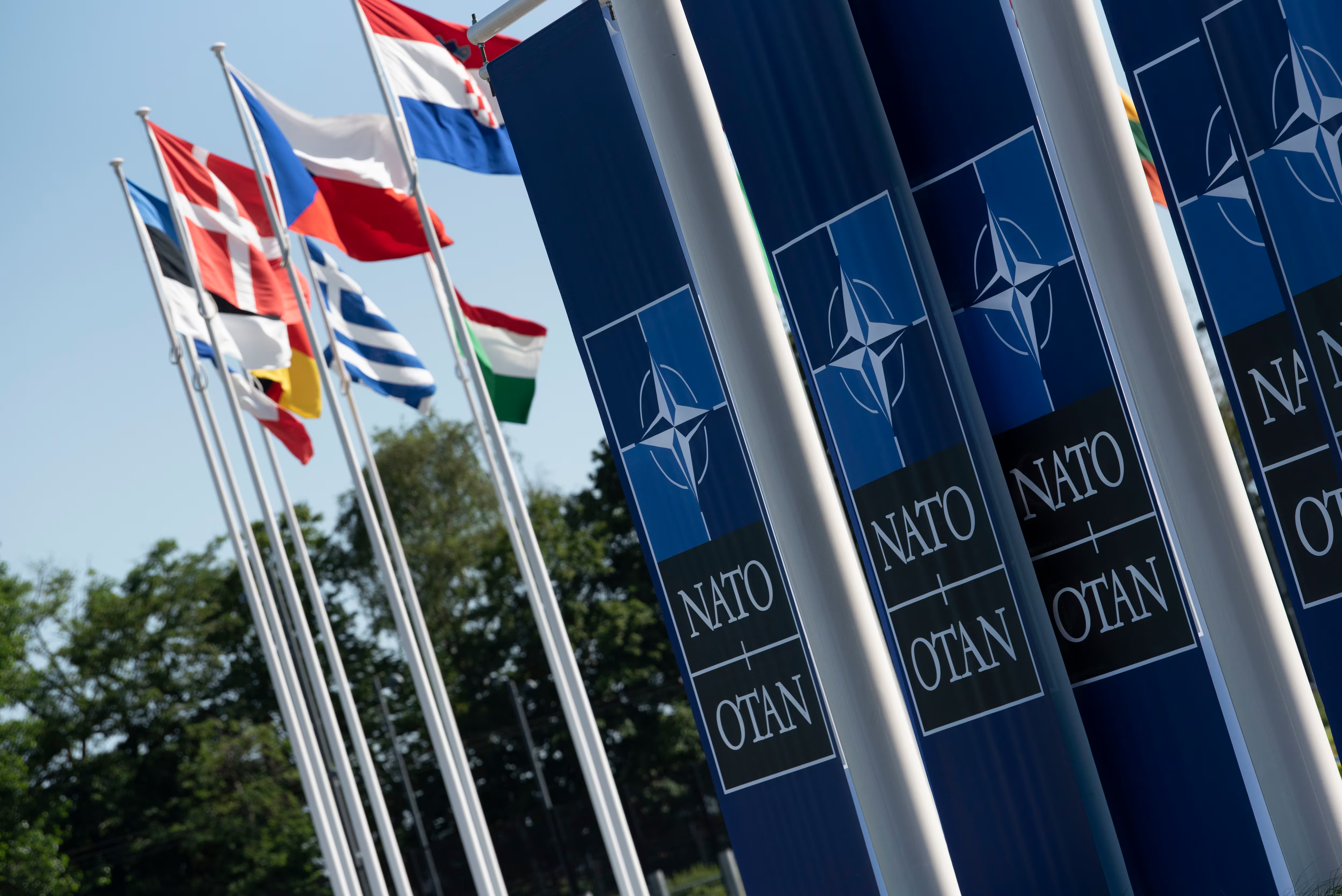TAMPA, Fla. — Several offerings in the developing market for ultralight vehicles showed up at the US special operations community's annual industry conference, including three hopefuls for an expected Army tender.
The Boeing Phantom Badger, GD Flyer 72 and Polaris Dagor appeared at the convention in Tampa as respondents to the US Army's presolicitation for the ultralight combat vehicle (ULCV), which closed earlier this month. Though not at the show, Hendrick Dynamics' Commando Jeep and Vyper Adamas' Vyper have also reportedly respondedanswered.
Congress has taken an interest in the effort, and language proposed for the 2016 defense authorization bill would require the secretary of the Army to brief the House Armed Services Committee on the ULCV.
Coverage From the Special Operations Forces Industry Conference
The Army is in the process of seeking approval for its requirement for the ULCV, but the idea is to quickly field light infantry squads in a light, air-droppable vehicle that would be unarmored but speed troops and their equipment to an objective.

Polaris Dagor
Photo Credit: Joe Gould/Staff
Mark McCormick, director of US government sales for Polaris, said there appeared to be a growing capability gap in the military as it shifted toward heavier vehicles to protect against roadside bombs during the last two wars. US Special Operations Command (SOCOM) first recognized its need to go lighter, he said, and conventional forces are following suit.
"The Army and Marine Corps are following a logical pattern as they're trying to get more expeditionary, how do they take advantage of tactical airlift," McCormick said. "Yet the constraint in being able to move people and equipment, it can only be a certain size and a certain weight to take advantage of tactical lift."
Showing there are tiers within the ultralight category, Polaris displayed the Dagor as well as its lighter two- and four-seat MRZR vehicles, which SOCOM uses as its light all-terrain vehicle. Defense News reported in April that the 82nd Airborne Division bought 33 four-seat MRZRs for proof-of-principle tests.
Polaris' core business is commercial recreational vehicles, and McCormick touted the company's off-road capabilities chops on the commercial side, its large production capacity and its relationship with SOCOM through the MRZR. The challenge for the Army, he said, is whether it will be able to execute a rapid acquisition and fielding.
Though the ULCV would be a nine-person vehicle for a squad, the 82nd is evaluating the four-passenger MRZR for carrying teams, McCormick said. Its tests are expected to develop a concept of operations for the vehicles' use.

General Dynamics Flyer 72 in the GMV 1.1 configuration.
Photo Credit: Joe Gould/Staff
At the entrance of the show, GD — for the first time — publicly displayed a production model of the Ground Mobility Vehicle 1.1 (GMV), its Flyer 72. GD touted its status in a formal SOCOM program and said a stripped-down version of the Flyer 72 would be its entrant for the ULCV.
Sean Ridley, the program director at General Dynamics Ordnance and Tactical Systems, suggested the Army could easily purchase the vehicles in connection with the GMV 1.1 program at a competitive price. SOCOM is testing the GMV 1.1 ahead of a low-rate initial production decision due next month.
GD also displayed its lighter, more narrow Flyer 60, which SOCOM was using in a year-long proof-of-concept test for a vehicle to be transported inside a CV-22 Osprey. The vehicles were due for flight testing with CV-22 at Hurlburt Field, Fla.
According to Ridley, the vehicles have been "very successful" in land testing, which put more than 8,000 miles on three of them. The company also plans to participate in Marine Corps tests of Osprey-carried vehicles this summer.

RP Nightstrike-M Maverick
Photo Credit: Joe Gould/Staff
At the show, RP Advanced Mobile Systems displayed two flashy all-terrain vehicles, a customized Can-Am Commander and Maverick, at 86 horsepower and 101 horsepower respectively. On the Can-Am chassis, the company makes bolt-on modifications that could include a front-push bumper, various run-flat tires, treads and an extended bed.
"They're not cookie-cutter vehicles," said General Manager Nick Moores. "They're very unique, very specialized, so we usually sell in quantities under 10ten."
Company officials said they consider their vehicles lighter than the Army's ULCV concept but believe they could be a fit for an Osprey-carried vehicle for Marine Corps or SOCOM.
SOCOM's program office for special operations vehicles has fielded a fleet of more than 2,000 vehicles, from the light to heavily armored, most of them in response to urgent requests from Iraq and Afghanistan. The idea now is to modernize longer-lived vehicles through tech insertions and replace shorter-lived small vehicles.
SOCOM's vehicle program office, which buys non-standard commercial vehicles, is considering vehicles in the class that blend into their surroundings, wherever they may be in the world. Duke Dunnigan, the deputy program manager, told Defense News a single chassis that can carry multiple bodies at an affordable price might be the answer.

Navistar SOTV-B
Photo Credit: Joe Gould/Staff
Along these lines Navistar displayed its chameleon-like Special Operations Tactical Vehicle-Blendable (SOTV-B), its salvaged entrant into the 2013 GMV 1.1 competition — with a twist. The truck has several bolt-on bodies, and at the show resembled a Toyota, with a Cummins engine, an off-road racing suspension and an alternator meant to power military hardware.
Mike Hawn, a Navistar business development manager, said the SOTV-B is more durable and longer-lived than up-armored commercial vehicles, with more space and carrying capacity.
"Right now it kind of looks like a Toyota HiLux," Hawn said of the SOTV-B. "We can make it look like a Ford Ranger, we can make it look like a Mitsubishi LS-200, so it really gives SOCOM and other customers a three-for-one vehicle."
Email: jgould@defensenews.com
Twitter: @reporterjoe
Joe Gould was the senior Pentagon reporter for Defense News, covering the intersection of national security policy, politics and the defense industry. He had previously served as Congress reporter.








